Vegetation Measurements
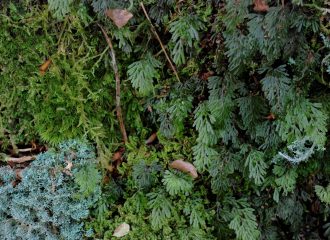
LIFEFORM Ground Measurements
Identification of lifeform (or Growth Form) is the simplest field-based assessment of vegetation type. In simple classification terms lifeform can be categorized as trees, shrubs, grasses and herbs, ferns, lichens and mosses. The characterisation of lifeforms is done visually and based on simple morphological and physiological characteristics such as structure, form, habits. These characteristics reflect…

Leaf Type Ground Measurement
Leaf types are recorded for predominant vegetation type in a target canopy. Simple two categories of leaves are Broad-leaf and Needle-leaf. Based on seasonal changes these categories can further be sub-divided in evergreen, deciduous, semi-deciduous classes. Similarly based on morphological characteristics, leaves can be described based on single leaflet/multiple leaflet, leaf colour, texture, margins, leaf…
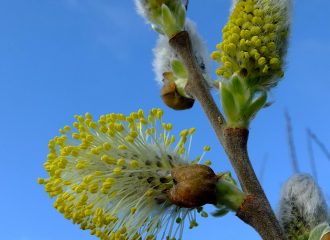
Phenology Ground Measurements
The vegetation phenological field records comprise of dates of phenophases such as leaf bud development, leaf expansion, flowering, fruiting, seed dispersal, leaf fall. The phenophases to be recorded depend on species under consideration. The key factors to remember while maintaining phenological records are: Selection of site and indicator species that are representative of canopy under…

Canopy Cover Measurements
Although the definition of fraction of canopy cover known as FCOVER is very simple (fraction of ground area covered by vegetation canopy), it is important to clearly understand and specify the ground measurement methods for canopy cover in order to avoid discrepancies in terms of definitions of remotely sensed FCOVER (varying from 0 and 1)…
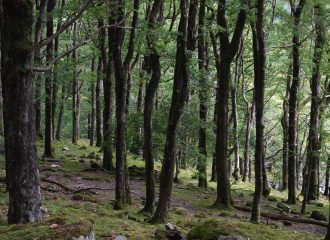
Canopy Height Measurements
Canopy height can be measured using direct or indirect methods. The important point is to get representative data for the canopy under consideration. Based on the type of canopy (herbaceous / woody), methods for canopy height measurement can be categorised as follows: Herbaceous canopy: Most of the methods for herbaceous (including grasslands) canopies have been…
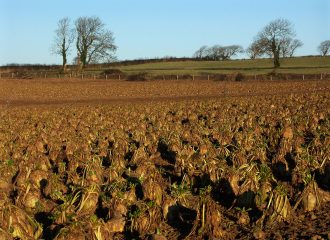
Crop Type Ground Measurements
Identifying crop type in the field may be simple task, however it is important to maintain records of details such as varieties being grown, developmental stage, dates of seeding, details about cropping systems such as mixed cropping, single cropping, winter or spring cropping, etc. More specific information about fertiliser and manure application, presence or absence…

Plant Species Ground Measurements
Species identification and related phytosociological characterisation is generally done by trained botanists and ecologists. However, amateurs can also record common species with the help of simple identification keys relating morphological attributes to the species type. Some easy guidelines for tree identification are available by Woodland Trust here. Computer based software and mobiles apps have also…
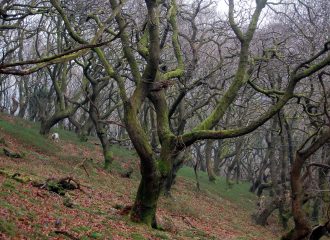
Woody Biomass Ground Measurements
Biomass of woody vegetation can be measured either by destructive method or indirect allometric equation-based method. Destructive method: It involves harvesting all aboveground biomass components of the tree (or shrub) and then oven drying them. The oven dried weight gives estimate of aboveground biomass. This method is the direct and accurate method for biomass estimation,…
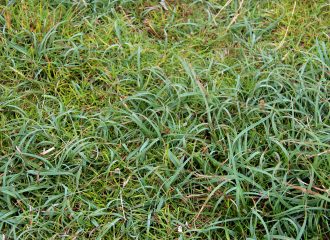
Herbaceous Biomass Ground Measurements
Herbaceous biomass can be estimated by destructive sampling or indirect methods. Destructive sampling involves harvesting aboveground biomass from a quadrate of known size, and then oven drying and recording dried weight. This is direct and accurate method however, care has to be taken while selecting quadrate size and number of quadrates per site to capture…
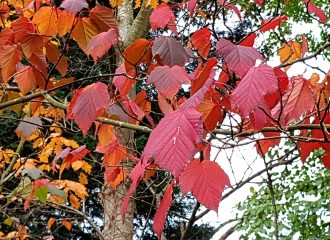
Foliar Chemistry Ground Measurements
Vegetation pigment concentrations are accurately measured by laboratory analysis methods that involve pigment extraction by organic solvents such as methanol, acetone. Some spectroscopic instruments that measure light absorption in pigment sensitive wavelengths are also available for rapid and reliable chlorophyll surveys. Some examples of such instruments: SPAD 502 Plus Chlorophyll Meter: It has been developed…
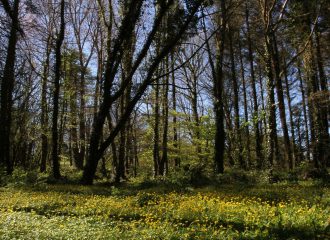
Canopy Layers Ground Measurements
Canopy vertical layers can be simply characterised by careful visual observations of different layers. Other physical measurements such as plant height, diameter at breast height, position of secondary branches can be useful key information for layer characterisation. Digital photographs taken from sideview are very important source of information to understand canopy stratification. In complex dense…
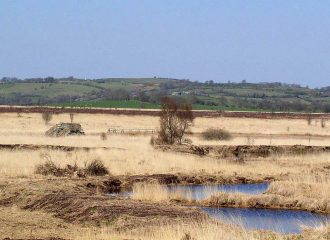
Non Photosynthetic Vegetation Ground Measurements
Non photosynthetic Vegetation in the canopy can be estimated directly by collecting senescent vegetation material, drying in oven and recording dried weight. However, fraction of senescent vegetation in a target canopy can also be estimated either visually or implementing more sophisticated techniques as used for the canopy cover.
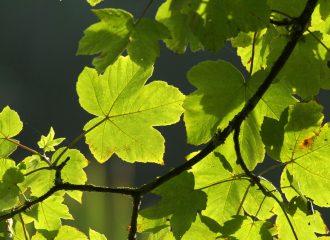
LAI Ground Measurements
LAI can be measured directly by destructive methods wherein all leaves from a sampling plot of known area are plucked and their collective one-sided leaf area is measured. Ratio of this collective one-sided leaf area with the plot ground area gives estimate of LAI. However, this is very time consuming and laborious method. Many scientifically…
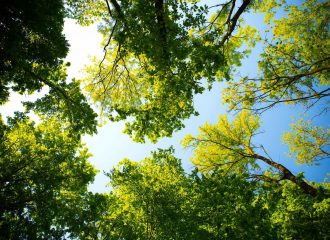
FAPAR Ground Measurements
Instruments to measure FAPAR (or in other words PAR above and below canopy so as to calculate FAPAR) can be broadly classified into two types; PAR Quantum Sensors PAR Energy Sensors In tall canopies such as forests, series of PAR sensors (especially quantum sensors) can be installed to calculate FAPAR at different levels of the…
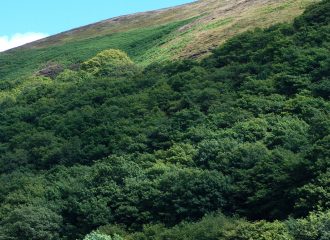
Net Primary Productivity Ground Measurements
Although definition of NPP is a difference between GPP and plant respiration, it is one of the most difficult quantity to measure, especially in forests and multi-storey vegetation canopies. GPP can not be measured directly and plant respiration is difficult to quantify in presence of soil respiration and its sensitivity to various environmental factors. Field…
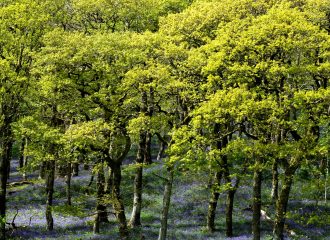
Gross Primary Productivity Ground Measurements
GPP can not be measured directly due to complexities involved in the representative estimates of autotrophic and heterotrophic respiration terms. It can only be derived from some indirect methods of measuring NEE (Net Ecosystem Exchange) and Heterotrophic (soil) respiration. NEE can be estimated by eddy flux towers that measure carbon flux which can be used…
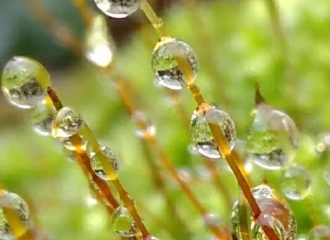
Vegetation Moisture Ground Measurements
Vegetation moisture content can be expressed in two quantities, first is Fuel Moisture Content (FMC) and second is Equivalent water thickness (EWT). FMC is calculated as ratio of difference between fresh and dry leaf weights and the fresh weight. It is expressed as percentage or weight units like g/g of fresh weight. EWT is the…

